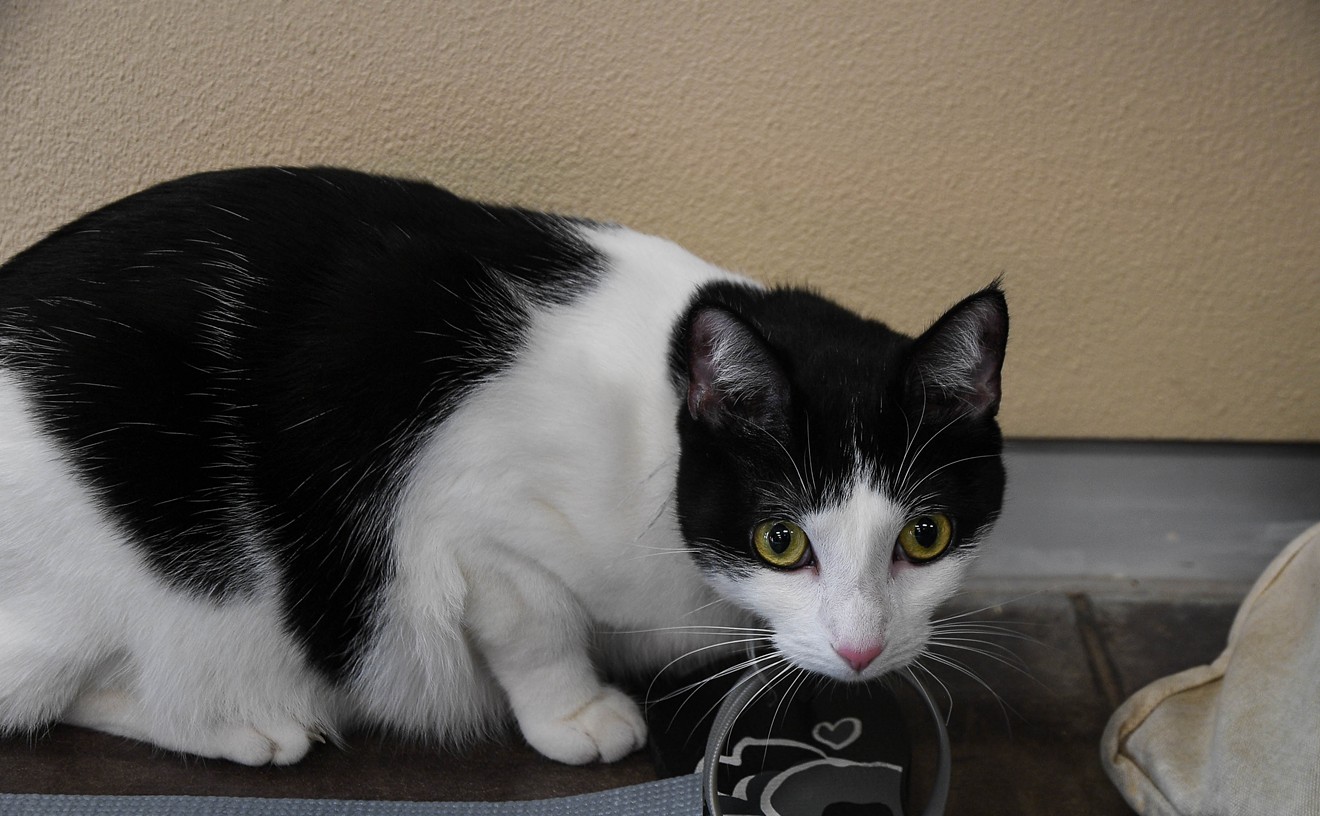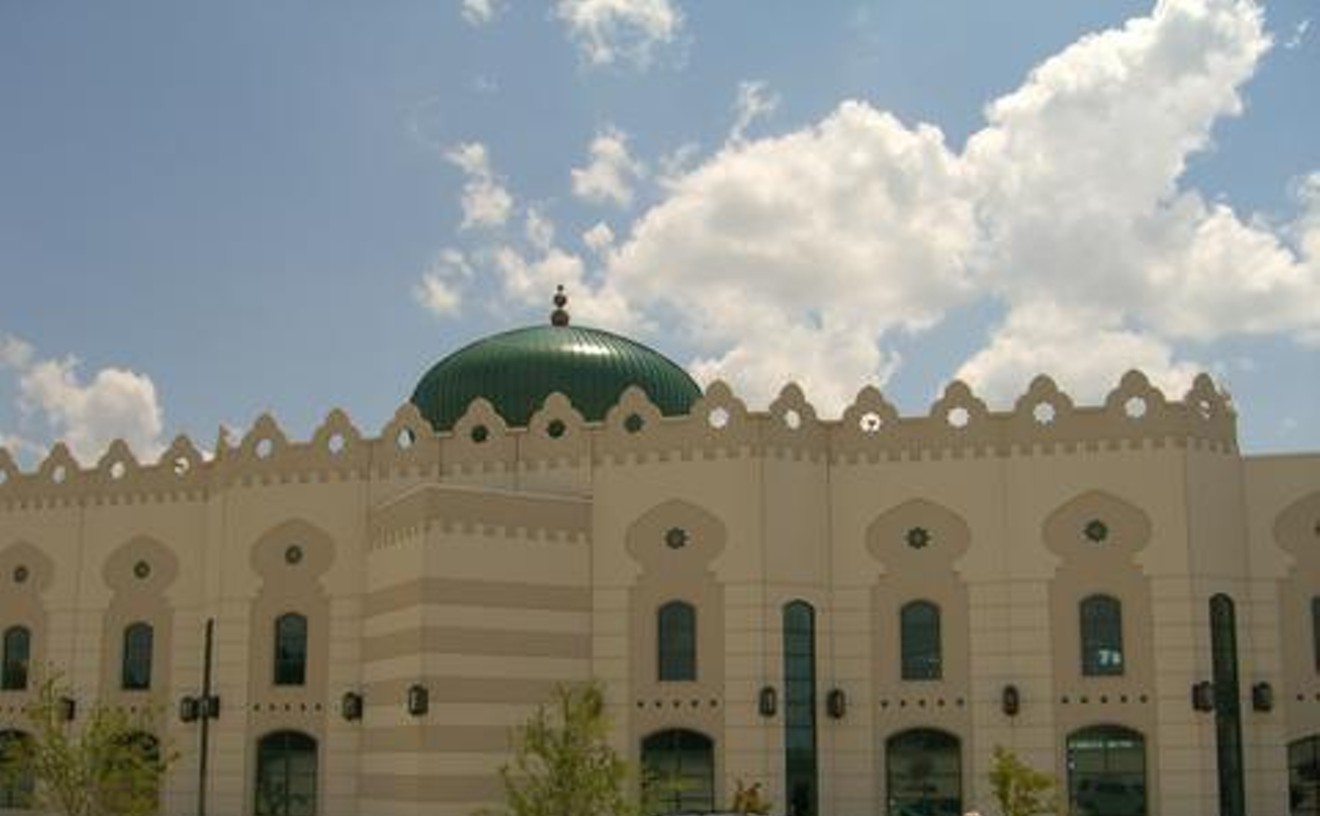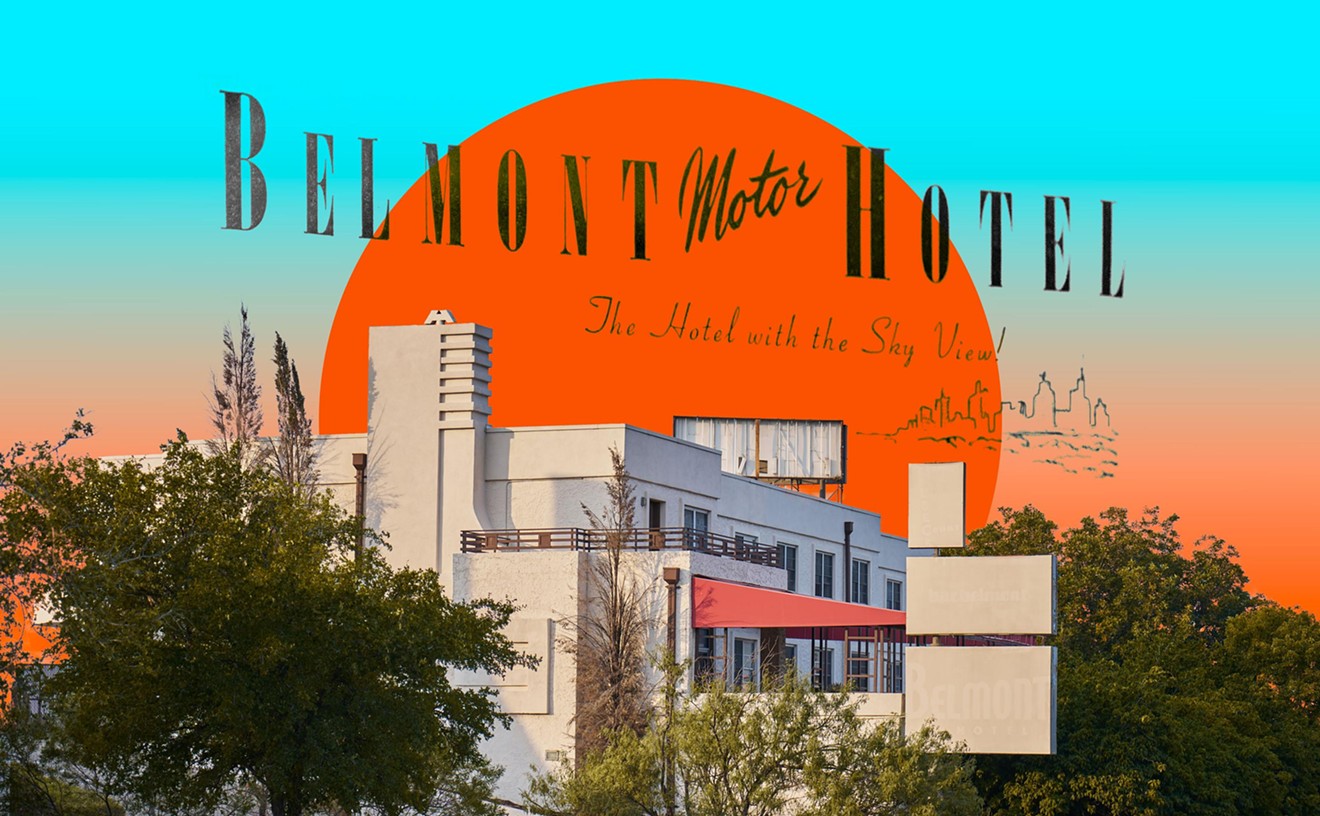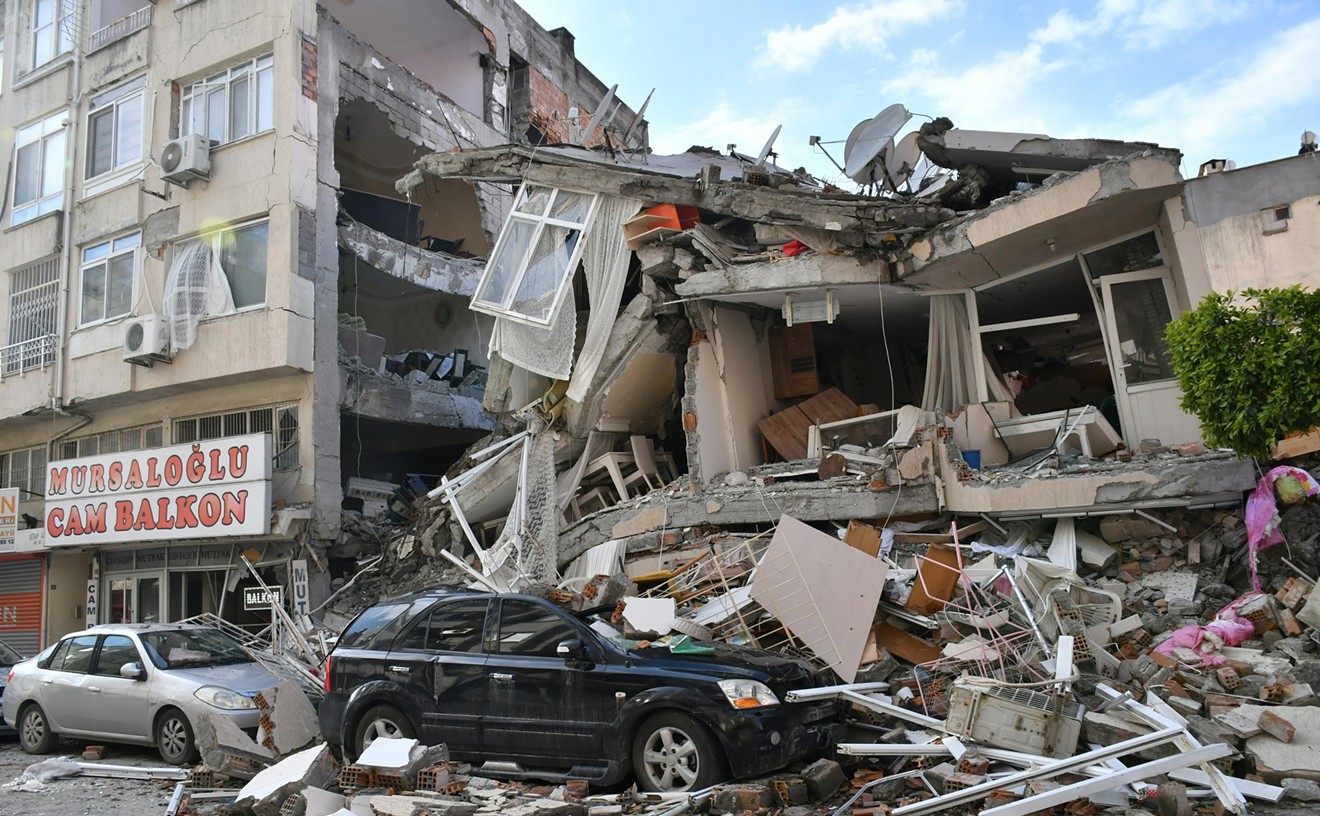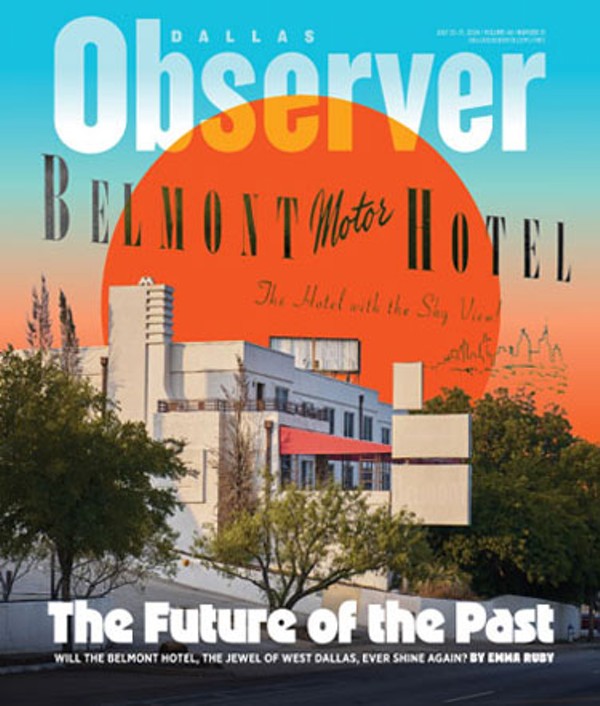Not scientific? Sorry. Neither is the problem.
Those dog bones are really the skeletal structure of our past, the clues that can tell us how we got where we are today. How many people alive in the city today remember the names Bobby Folsom and Starke Taylor? Folsom and Taylor were mayors of Dallas in the late 1970s and early '80s.
They also were two of the biggest suburban residential real estate developers in the region, buying up entire burned-out cotton towns north of the city. In one case, the town of Renner, Folsom even tricked Dallas into annexing it so the city would be on the hook for the infrastructure.
Of course, they were looking at a tidal wave of migration into the region and at vast personal fortunes to be made accommodating that wave. But it would be a mistake to reduce our understanding of them to profit-seeking alone.
They saw themselves in a larger sense as enabling a kind of manifest destiny by helping people move from the urban realm, which they saw as obsolete and socially corrosive, to a world in which newness and social virtue were beautiful twins.
Far from aberrant or parochial or ill-informed, the worldviews of Folsom and Taylor were the accepted wisdom of their time. In a recent op-ed piece, New York Times architecture critic Michael Kimmelman, reporting on Habitat, the United Nations’ global cities summit meeting in Quito, Ecuador, said of those times:
“Cities were regarded as crime-ridden, unhealthy and polluted, aging incubators of infant mortality and malnutrition, increasingly abandoned by the educated and the middle classes.
“Modernist architects and planners famously envisioned wiping the urban slate clean,” Kimmelman writes. “They advocated utopian, tower-in-the-park developments, high-rises in antiseptic plazas, with housing neatly cordoned off from offices, and highways bulldozed through old neighborhoods to whisk people who could afford cars out of town. A brighter future beckoned in suburbia.”
Little did anyone know — could anyone even have foreseen it? — that the children of the suburban masses would grow up to view those pristine suburban enclaves as sensory deprivation chambers. Add another piece to that generational puzzle: Largely liberated from the ethnic phobias, fears and loathings of their forebears, those bright but bored young people would come flooding back into cities searching for the very things their parents had fled — the fascinating jumble, the capacity for surprise, the sheer adventure found in messy, layered and accreted places, in an endlessly folded and pitted landscape that reflected nature more than it did human design.
In his op-ed piece, Kimmelman talks about finding that same ethos in the Quito conclave: “This is where the youthful spirit I found at Habitat comes in. The ethos here stressed grassroots, environmentally conscious, entrepreneurial urban development.”The whole DART dilemma is begging us to step up to the bar and declare our vision of the future.
tweet this
He also makes a distinction that happens to speak directly to our own experience right now in Dallas, between classic utopianism and a more pragmatic blueprint for day-to-day survival:
“There was lots of righteous talk about redistributing real estate profits and treating housing as a basic human right,” he writes, “but also about how investments in things like public transit and infrastructure pay big economic dividends — how good cities are not just equitable and green but good for business.”
That’s an enormously important point to focus on in the ongoing debate here about our mass transit system. In its own way, the new younger leadership emerging in East Dallas and Oak Cliff is every bit as development-minded, pragmatic and, yeah, probably as profit-seeking as Folsom and Taylor were. But the new wave has a very different view of where and how the money is to be made, because it has a very different view of what the good life will be.
DART is a wonderful focusing mechanism for us, because it spends such incredible amounts of our money — billions at a bounce — and it’s capable of doing so in completely illogical and wasteful ways if we don’t step in. I picture DART as standing on a bridge over the Trinity River with a billion dollars of our money in a bag weighted with bricks, threatening to drop it into the river if we don’t stop it.
Yikes.
The question before us right now is a lot simpler than some people, especially at DART, want to make it: Does DART need to concentrate on building heavier more redundant infrastructure in the inner city, namely and immediately a second line across downtown in a subway tunnel? Or should it continue creating its version of the trip to Bountiful, building terribly expensive new light rail lines all over the suburban moonscape like silly string, to wit and right now a proposed new rail line east and west across a suburban realm that would be more efficiently served by buses if suburbanites would only ride buses?
Back to my dog bones. If we stir the bones and look carefully at this issue, we will see the underlying pattern linking past with future. The suburban trip to Bountiful plan for DART is the voice of the last century talking to us, Folsom and Taylor, telling us that the good life and the money are out on the raw-land frontier. The downtown subway plan is the 21st century voice speaking to us, telling us the contrary, that in order to prepare our city for the future we must husband our resources and marshal them to the urban core.
Those aren’t just diverging views. They are contrary views. The value of the DART dilemma is that it reminds us of that. Not every choice can be compromised. Not every solution can be win-win, if for no other reason than that there is only so much money to go around.
The recent decision of the DART board, which was to do both things, the tunnel and the trip to Bountiful, was an exercise in fecklessness and irresponsibility, because they can’t do both. As the Observer's Stephen Young explained here, reality must intrude sooner or later, probably in the form of lowered bond ratings, maybe even sooner when the feds start making painful decisions on grants. But even that is not the real point.
We have to intrude. This isn’t up to DART. DART’s a bus and train agency. The members of its governing body are anonymous nonentities who have never stood for a vote, none of whom do you know. We don’t leave things like this up to people like that.
The whole DART dilemma is begging us to step up to the bar and declare our vision of the future, throw the urban members who voted for this stupid baby-splitting decision out on their ears and either get DART under our own control or kill it and start fresh with our own agency.
Right after the DART board’s baby-carving vote, The Dallas Morning News resurrected the ghosts of Folsom and Taylor in a headline over an editorial: “For DART board, regionalism means compromises like the one it made this week.”
Regionalism is a Trojan horse term right out of the lexicon of the 1970s. So-called regionalism was never a compromise. It was always a stealth tactic, an abandonment of the city, which was considered half dead anyway by the city’s own leadership. Regionalism was always a ruse to shift resources to the suburbs.
Not that people can’t live in the suburbs if they want to. The suburbs are still a great buy for young parents. I also notice that most of the new very upwardly mobile immigrants flock to the suburban frontier. I wonder if they’ve had enough of old buildings and urban grit for several lifetimes.
But for those of us who believe in the city and are committed to making the city thrive in the future, the DART bones don’t lie. Sometimes we have to make hard choices. We have to fish or cut bait. This is that moment.





